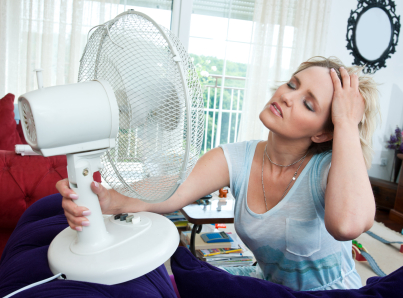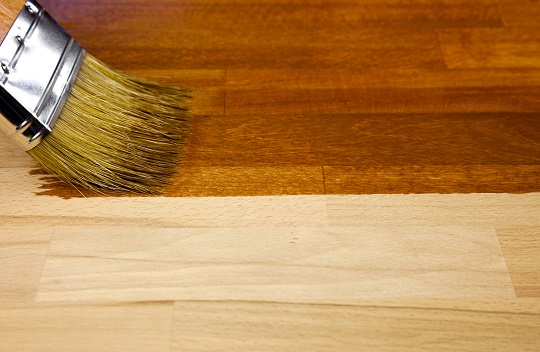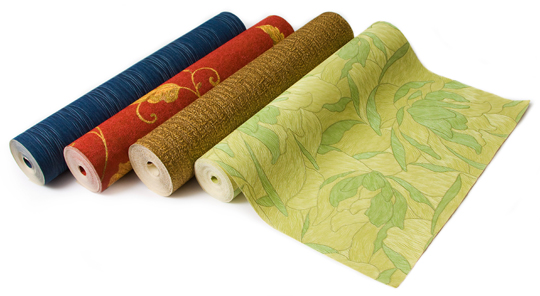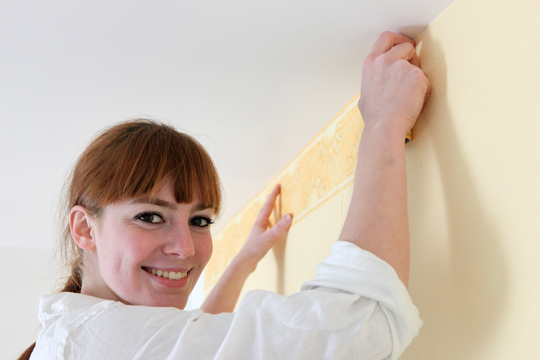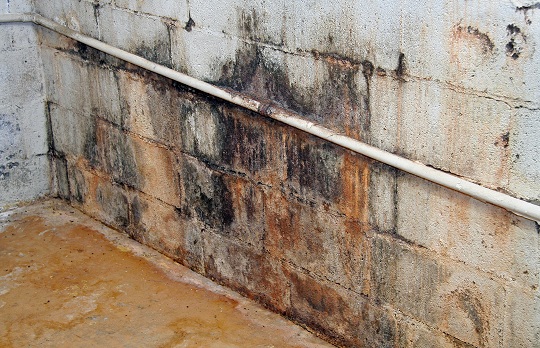For many of us, the word humidity often brings up feelings of discomfort. We associate it with the heaviest, most tiring days of summer and that damp feeling that no one really enjoys. When there are issues in regards to the humidity levels in the home, there is no indoor escape from unmanageable outdoor conditions. Although, not only people suffer from humidity issues, houses themselves are also affected negatively from overly dry or damp conditions.
An atmosphere that is too dry is less than ideal, as well. Less moisture in the air leads to less water vapor which reduces the size of building materials. A prolonged period of dryness can eventually create visible damage to walls, floors, and ceilings. This is especially true when it comes to wood detailing. Hardwood floors, wood wall paneling, and wood furniture can shrink and crack due to lack of moisture. Therefore, an appropriate humidity level is important when it comes to preserving your home’s structures.
Similar to dryness, dampness and hair air moisture can be damaging to your home’s structures. Excess water vapor in the air can create stains on your ceilings and walls and cause paint and wallpaper to flake and peel away from its surface. Condensation that forms on windows and walls can drip onto wood panes and paneling and cause rotting. And on an even more disturbing note, severe dampness is the perfect environment for mold, mildew, and pests to thrive (Ew!). Keeping your home’s humidity at the correct level is an easy way to avoid these household damages and menaces.
So what is an appropriate humidity level? Most experts say that anywhere from 35-45% is healthy for you and your home. The effects of dryness begin to occur at levels less than 30% and the damaging consequences of dampness are usually seen above 50%. The simplest way to measure your home’s humidity is with a hygrometer – this is a rather inexpensive tool that allows you to measure and regulate humidity on your own. It is important to take readings at regular intervals because humidity levels are always changing. Humidity can change seasonally or even after a specific household activity.
Activities such as cooking, bathing, and doing laundry all add extra moisture to the air. It is important to vigilantly monitor your home’s humidity level if you wish to regulate it yourself.
Heating and cooling companies can also provide you with mechanical solutions to control humidity levels. Whole house (de)humidifiers, regulators that hook up to the rest of your home’s system, or simple ventilation devices in target areas can be installed and serviced by most companies. As discussed, correct humidity levels are fundamental to the preservation of your possessions and home, so consulting with professionals is always a good plan. For more advice or information on the best equipment for your home, use TalkLocal to easily contact a heating and cooling company near you!

